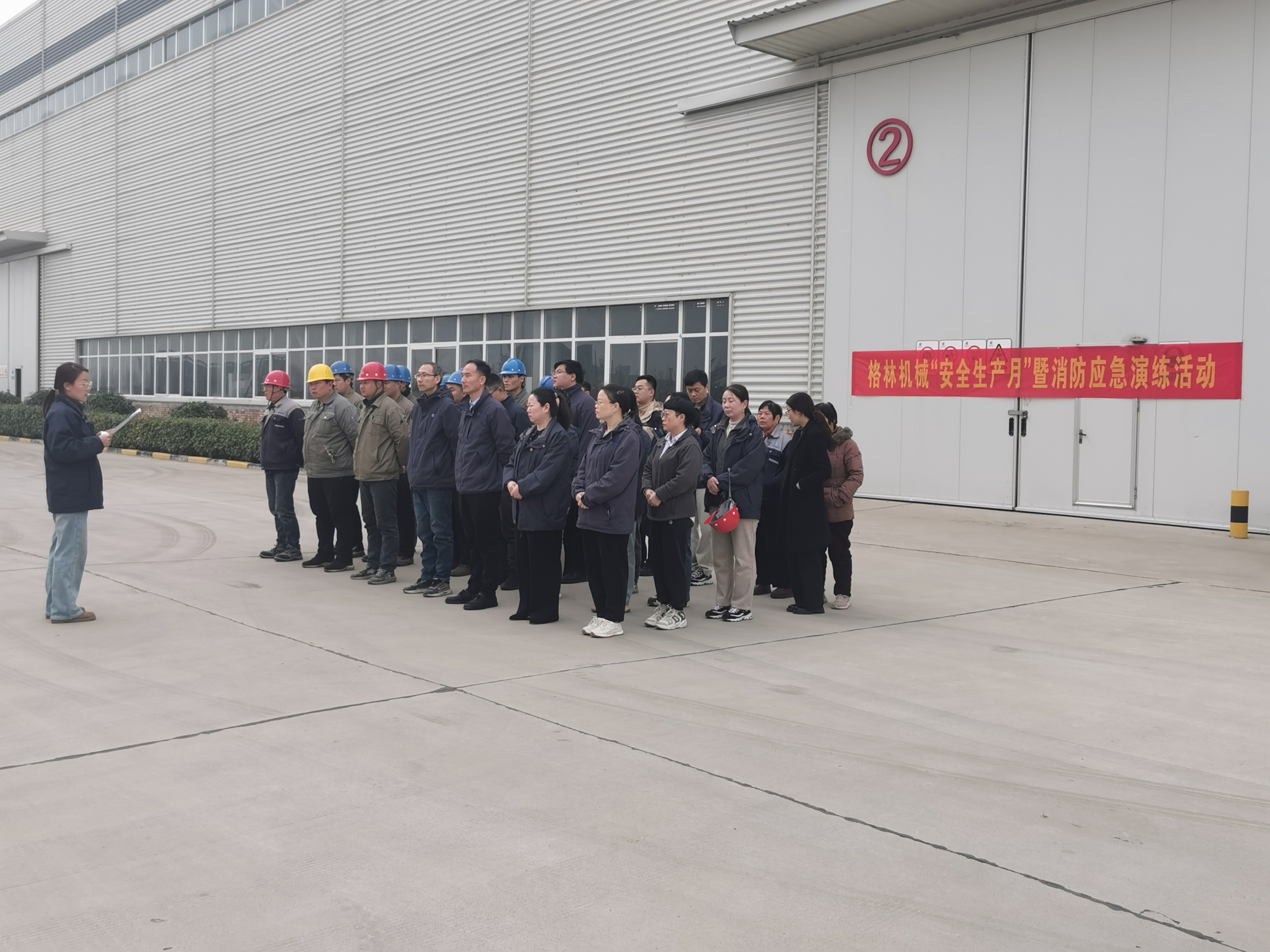Effective Vibrating Screens for Non-Ferrous Metal Processing: A Guide for Industry Professionals
Release Date:
2025-04-29
Vibrating screens play a crucial role in the processing of non-ferrous metals, significantly contributing to the efficiency and effectiveness of the manufacturing process in the engineering and construction machinery sector. These screens are designed to separate materials based on size and can handle various tasks, including classifying, dewatering, and removing impurities from non-ferrous metals
Vibrating screens play a crucial role in the processing of non-ferrous metals, significantly contributing to the efficiency and effectiveness of the manufacturing process in the engineering and construction machinery sector. These screens are designed to separate materials based on size and can handle various tasks, including classifying, dewatering, and removing impurities from non-ferrous metals.
When considering a vibrating screen for non-ferrous metals, there are several key factors to keep in mind. First, the material being processed will determine the screen's configuration and design. Non-ferrous metals, such as aluminum, copper, and zinc, have unique properties that require specific screening solutions to ensure optimal performance. For instance, the weight and density of these metals can affect the choice of mesh size and screen type.
There are two primary types of vibrating screens used in this industry: linear and circular. Linear vibrating screens are ideal for processing large volumes of materials and provide efficient screening with a uniform motion. They are particularly effective in separating finer particles, making them suitable for non-ferrous metal applications. On the other hand, circular vibrating screens are designed for more versatile tasks and can handle a broader range of materials, but may not be as efficient for fine separation.
In addition to screen type, the design features of vibrating screens also influence their performance. For example, adjustable amplitude and frequency settings allow operators to customize the screening process based on the specific characteristics of the non-ferrous metals being processed. This flexibility can enhance separation efficiency, leading to higher-quality output.
Moreover, proper maintenance of vibrating screens is critical to ensure longevity and consistent performance. Regular inspections, cleaning, and timely replacement of worn components can prevent equipment failure and maintain high operational efficiency. Additionally, operators should be trained to recognize signs of wear or malfunction, which can help avoid costly downtime.
Another essential consideration is the screening media used in vibrating screens. The choice of mesh material and size will affect the screen's effectiveness in separating non-ferrous metals. Options include woven wire mesh, polyurethane panels, and perforated plates, each with its advantages depending on the application.
In conclusion, selecting the right vibrating screen for non-ferrous metals involves understanding the specific needs of your manufacturing process. By considering the type of metal, screen configuration, and maintenance practices, industry professionals can enhance the efficiency of their operations and ensure high-quality outcomes. Emphasizing these factors will not only improve processing but also contribute to overall production success in the competitive engineering and construction machinery market.
When considering a vibrating screen for non-ferrous metals, there are several key factors to keep in mind. First, the material being processed will determine the screen's configuration and design. Non-ferrous metals, such as aluminum, copper, and zinc, have unique properties that require specific screening solutions to ensure optimal performance. For instance, the weight and density of these metals can affect the choice of mesh size and screen type.
There are two primary types of vibrating screens used in this industry: linear and circular. Linear vibrating screens are ideal for processing large volumes of materials and provide efficient screening with a uniform motion. They are particularly effective in separating finer particles, making them suitable for non-ferrous metal applications. On the other hand, circular vibrating screens are designed for more versatile tasks and can handle a broader range of materials, but may not be as efficient for fine separation.
In addition to screen type, the design features of vibrating screens also influence their performance. For example, adjustable amplitude and frequency settings allow operators to customize the screening process based on the specific characteristics of the non-ferrous metals being processed. This flexibility can enhance separation efficiency, leading to higher-quality output.
Moreover, proper maintenance of vibrating screens is critical to ensure longevity and consistent performance. Regular inspections, cleaning, and timely replacement of worn components can prevent equipment failure and maintain high operational efficiency. Additionally, operators should be trained to recognize signs of wear or malfunction, which can help avoid costly downtime.
Another essential consideration is the screening media used in vibrating screens. The choice of mesh material and size will affect the screen's effectiveness in separating non-ferrous metals. Options include woven wire mesh, polyurethane panels, and perforated plates, each with its advantages depending on the application.
In conclusion, selecting the right vibrating screen for non-ferrous metals involves understanding the specific needs of your manufacturing process. By considering the type of metal, screen configuration, and maintenance practices, industry professionals can enhance the efficiency of their operations and ensure high-quality outcomes. Emphasizing these factors will not only improve processing but also contribute to overall production success in the competitive engineering and construction machinery market.





